I had to do it. When I first heard that the name of Die Hard 2 was Die Harder, I couldn’t believe it. That is the stupidest title I have ever heard. Now I guess that I will make fun of myself a little bit today.

When I think about who I thought I would be at say 15 and who I am now at 50, it seems light years away. The truth is, I found it difficult to really imagine what my life would be ‘when I grew up’. I know that I didn’t imagine that I would be publicly writing everyday and enjoying it. Likewise, I didn’t think that I would be the primary cook with frequent fancy embellishments.
As I have written about in the past, my life changed fairly drastically between 15 and 18. At 15, I had yet to get engaged in sports. I learned that I could push myself beyond my wildest capabilities and really impacted my psyche. Nevertheless, there are still some things that predate all of that.
One of my habits is reading. I used to see how many books I could read in a week. I was constantly at the library checking out books to read. It started off with series books like The Hardy Boys. Then, I moved on to specific authors like Dean Koontz, Steven King and Tom Clancy. There were a lot of others along the way as well.
Of course I still read but I don’t spend all day Saturday doing it anymore. In fact, I try to set a goal of a chapter a day. I probably only hit that twenty-five percent of the time. It would be a rare day that I read more than a chapter however. Probably as long as I can see, I will probably be reading. A book is typically the first thing that I pack when I am getting ready for a trip.
When I was a young teenager, I wanted my life to be hunting in the fall and camping and fishing in the summer. I did a lot of camping as a youth and even more as a Boy Scout. Honestly, what got me soured on camping was the amount of stuff we have to take to get the whole family out. Trust me, I want to be comfortable but I don’t want to take days of packing and putting away.
I’ve got one summer trip like that in me a year. But my recent effort into getting me geared up for backpacking has actually gotten me excited to go camping again. I used to feel guilty about the thought of going alone but my wife takes trips without me all the time. I would love it if she would want to go and I hope that she does but I am just going to start doing it myself.
The fishing has really suffered. I try to do it at least once a year but that is so sad. Can you imagine wanting to do it every weekend as a youth to trying to make time as an adult? Part of why I even do that is because I feel like I paid for the license I owe it to myself to not waste it. Maybe this camping renewal will get me more outings this year.
As to hunting, I thought that I would try for anything that I was allowed when I had the freedom to make my own decisions. I have never done that and probably won’t at this point. Just like fishing, I try to buy a tag and go out at least once. Man it is hard to schedule stuff like hunting in when there are family dinners and sports activities and trap and all that on the schedule.
Even though we spent a lot of time hunting, we didn’t recreationally shoot much. We didn’t have a good place to do it. So, we really didn’t. I guess that this is the one thing that I actually do more of as an adult than I did when I was younger. I pay for a range membership, I volunteer coach for the trap team so I have positioned myself to be around it as much as I can afford.
While I don’t get to the range enough either, I shoot air rifles almost daily. It is a small little thing that I can do that is inexpensive and accessible. In a way, I feel like it is my connection to my youth dreams.
End Your Programming Routine: My dad said that you have to make time if you want to do something. I don’t disagree with that, I am pretty guilty of thinking I want to do this or that and not sharing. Then all of a sudden, my calendar is filled with things that are not what I really want to do. Ultimately, I feel like my commitments as a father and a husband supersede my own desires. This likely stems from my youth when my dad prioritized his hunting and fishing. As I said, old habits die harder.

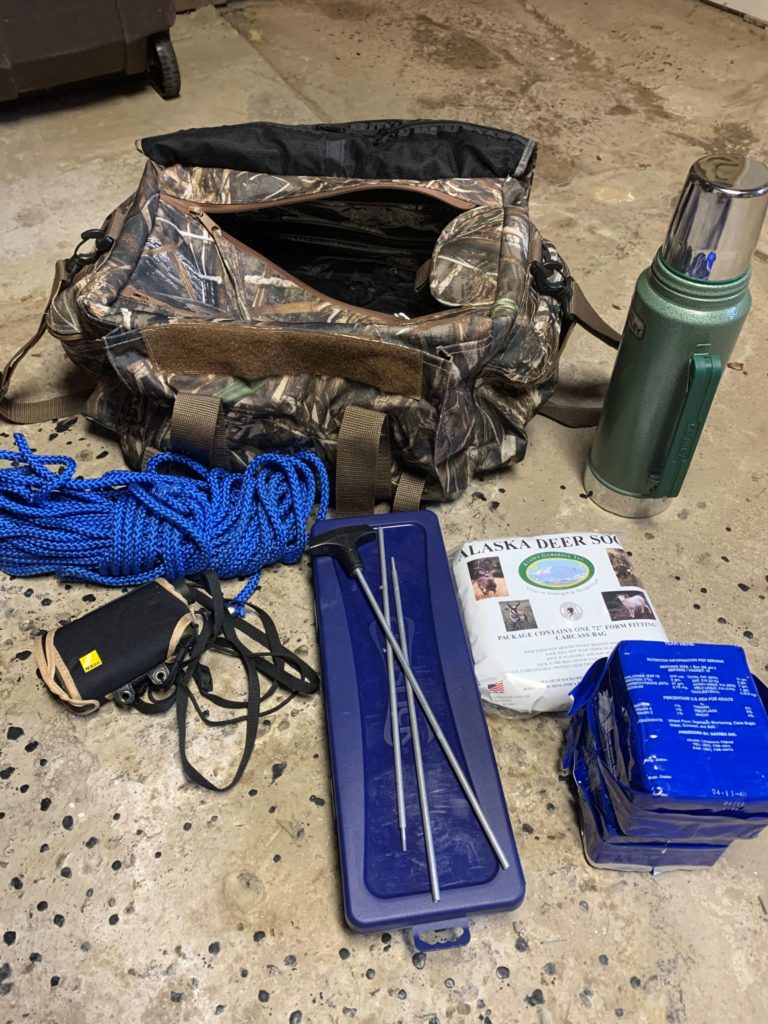
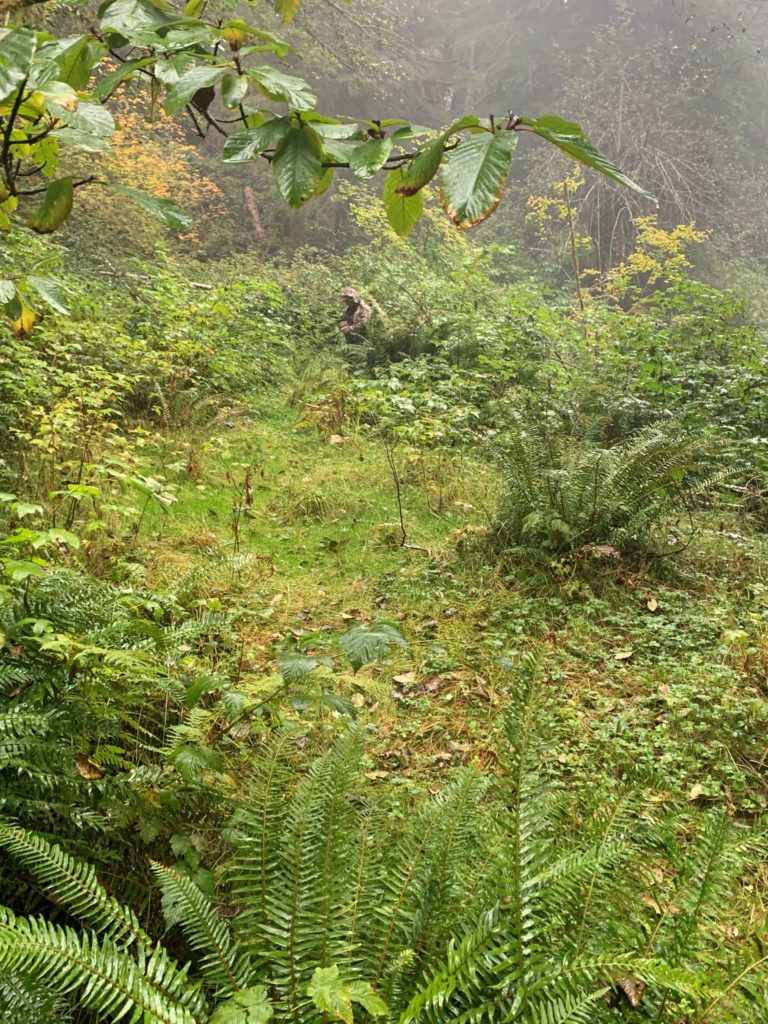
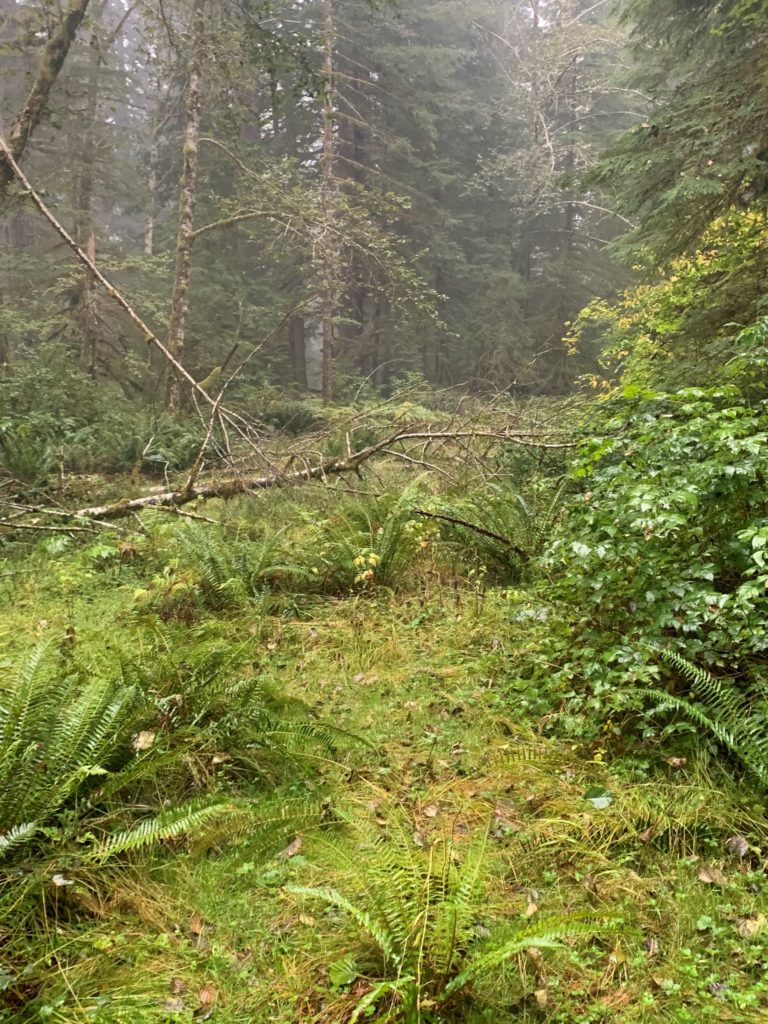
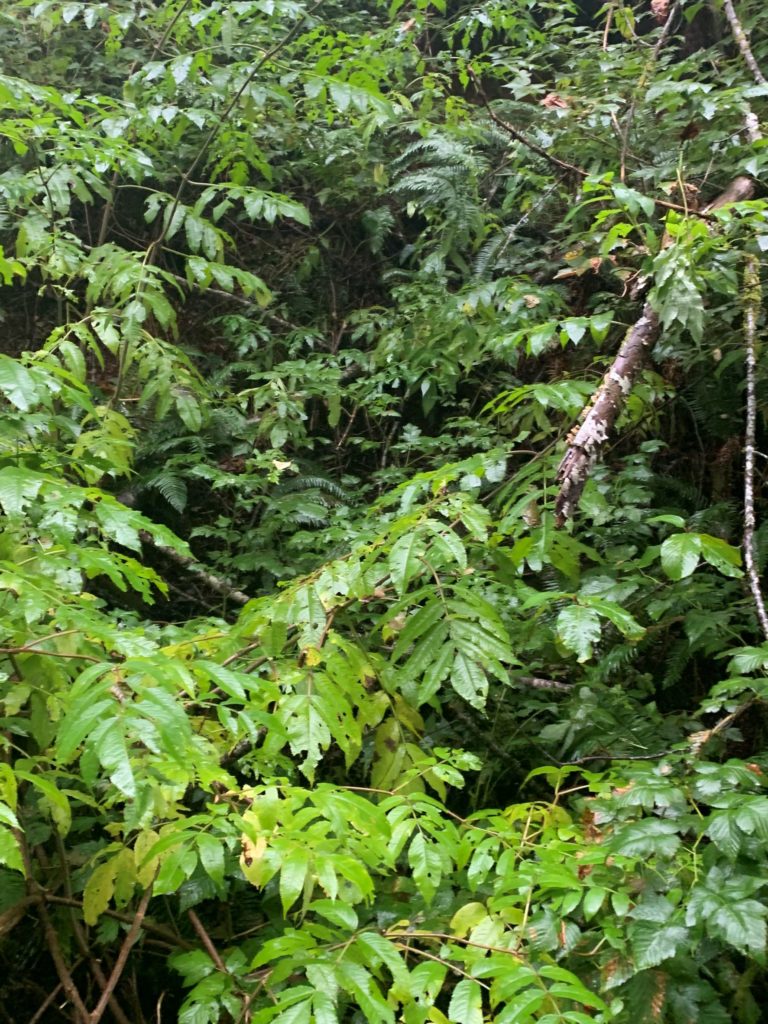
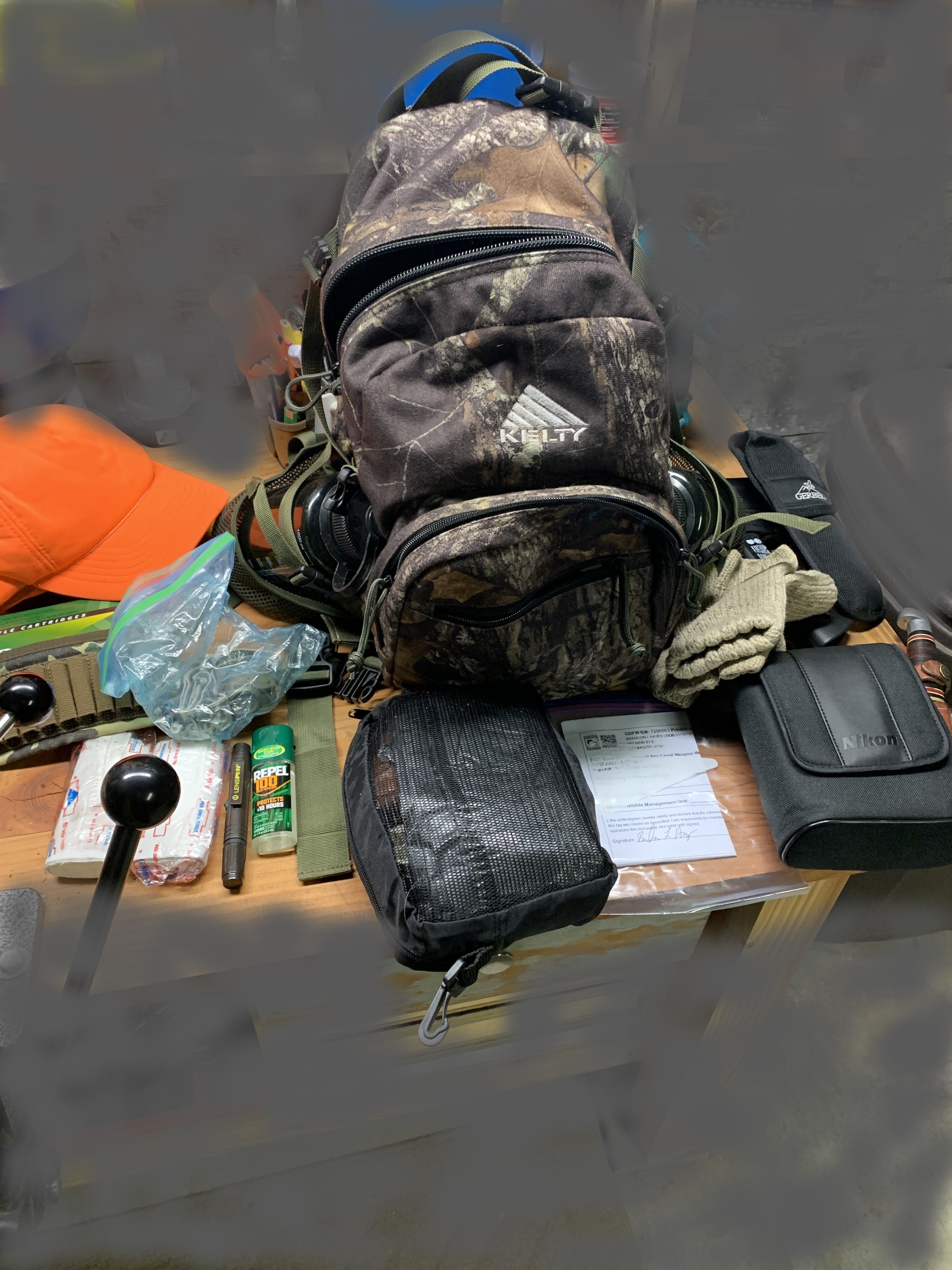



Recent Comments